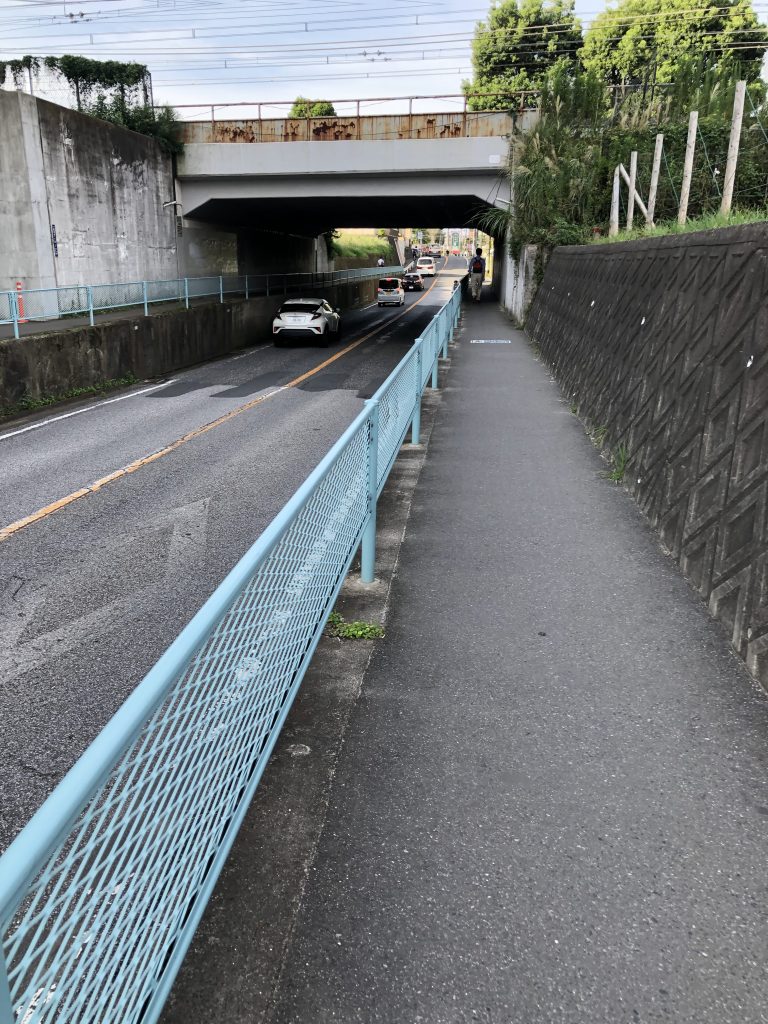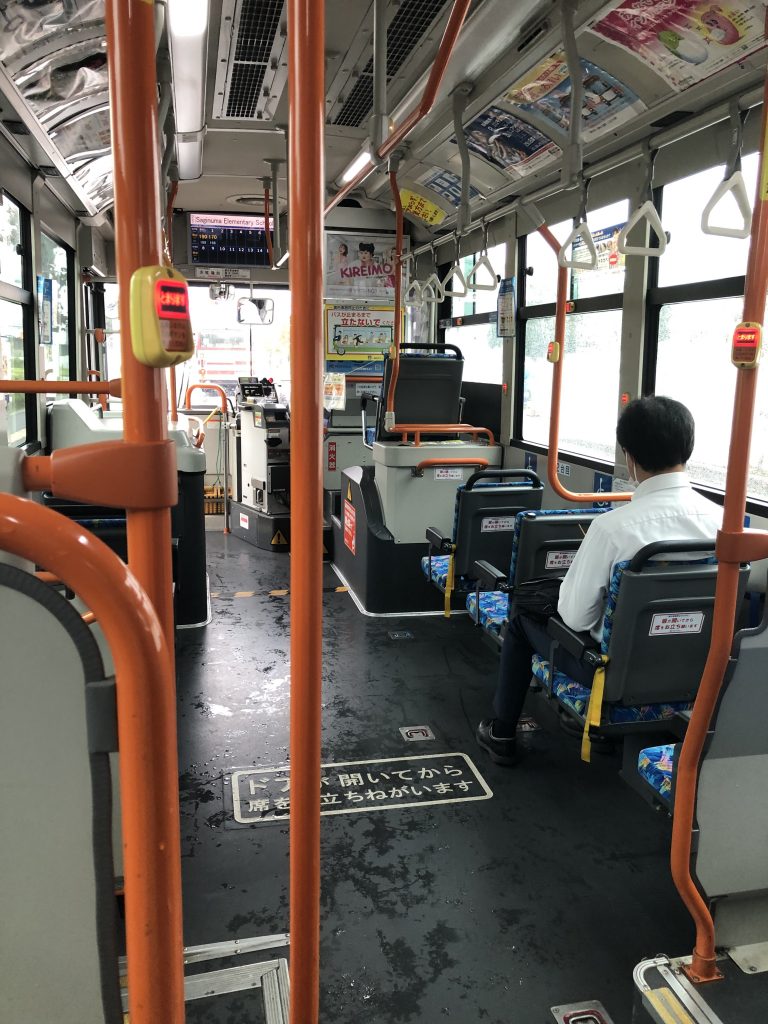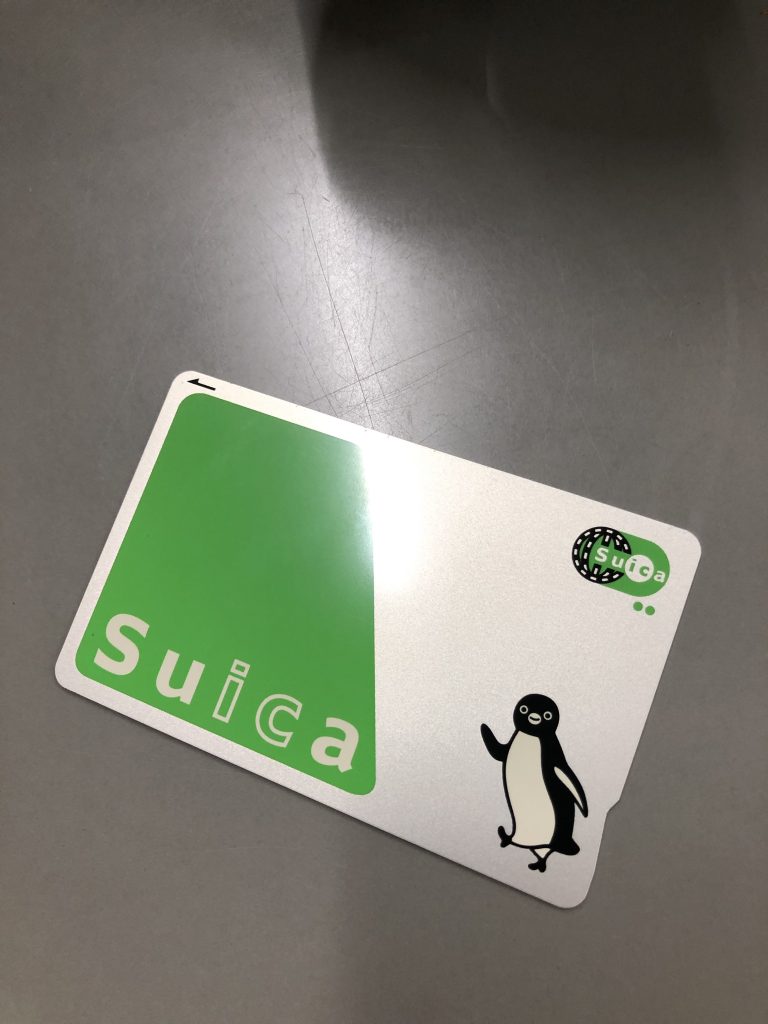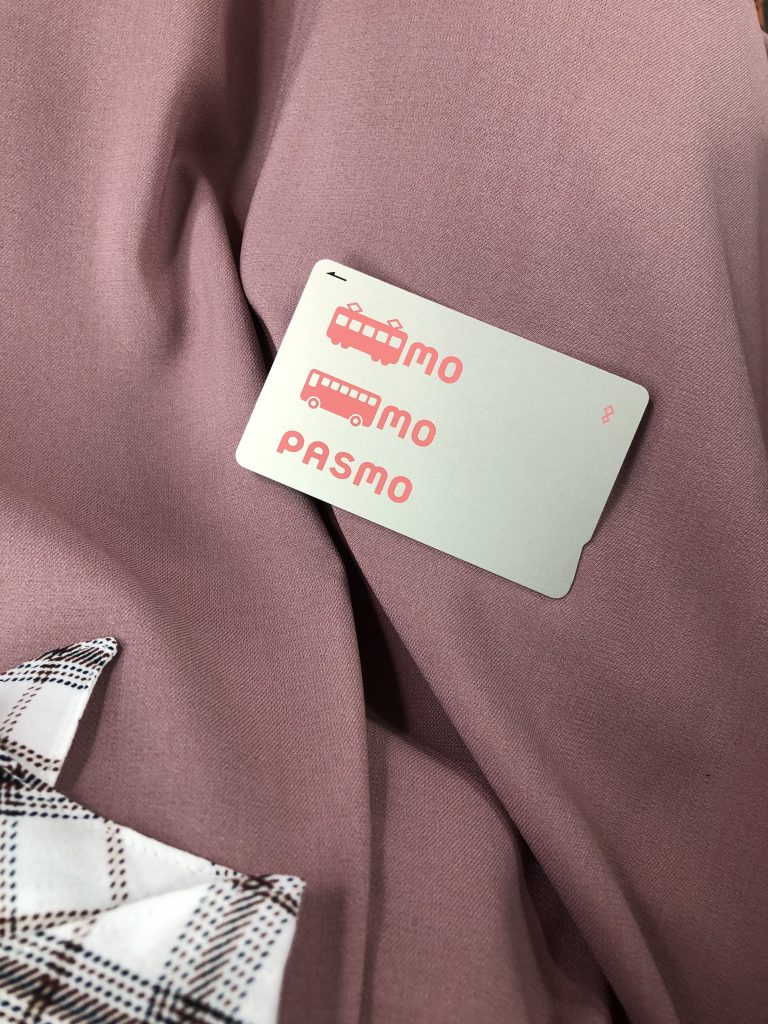Over the Train Tracks and Through Neighborhoods
To 6中 do we go!
Public transportation.
For the longest time, that phrase would send chills through my spine. My experience with public transportation has largely been: “Oh, no! The bus is going to be an hour late!” or “I should have brought some Clorox Wipes with me for this seat…” or “Is this the right place? This stop? No? Where am I?” Constructing my own teleportation device seemed simpler than trying to get somewhere with public transit.
In my hometown, subways or trains were pretty much nonexistent. Buses sprinkled the highways on occasion, but the most reliable way to get from point A to point B was always my personal vehicle. I think the majority of Americans that live outside of big cities can say the same.
Unfortunately, I couldn’t pack my Honda Civic in my suitcase (they only let me bring two on the plane, after all), so I’ve had to relearn how to get where I need to go! My commute the first day was quite the puzzle, but now I can share what I have learned!
First, a quick word about “private” transportation:

Walking
Walking may not be the quickest way around, but being in control of your speed and where you go is handy! Luckily, Japan is extremely friendly towards walking commuters, as there are plenty of crosswalks and a great deal of sidewalks. However, Japanese roads are quite small, so there are occasionally some tight fits where you have to hug the building next to you.
Bikes
I envy those that can bike with ease. It’s been a good many years since I’ve last ridden one, and with how popular this kind of transportation is here, I don’t want to risk causing trouble with my poor riding skills! Even still, obtaining and using a bike is pretty simple.
From what I can tell, there are two requirements for using a bike: (1) It must be registered and (2) it must have a light on the front of it. Most shops will handle this for you for a fee, and because I haven’t done it myself, I don’t have details, but it generally seems user-friendy!
As for rules of the road for bikes, I do not know them yet. I will try to find out and write a post about it later!
And now to the big stuff:
Public Transportation Payments
Generally speaking, public transportation is not free. You could buy an individual ticket, but most people use a special payment method called an IC Card. These are reusable cards that can be simply touched to a reader upon entry to a train station or bus. The fare is then calculated virtually, and when the card is touched to another reader at the destination, the fare is deducted from the card’s account. These cards can be charged simply with cash at train stations or virtually using services like Apple or Google Pay. They are also easy to obtain, as the same charging stations can produce new cards for a small fee.
In addition to paying for transportation, these cards can be used at other locations, like convenience stores, or online services, like the Nintendo eShop.
The two major companies that produce cards are Suica and Pasmo. Suica operates through JR (Japan Railways) East while Pasmo is produced through Passnet, but they can be used interchangeably. The only true difference is where you can get them, as Suica cards can only be obtained at JR stations, and Pasmo are available at most non-JR stations (read: all other stations). Even still, they can be charged with cash at any station.
Trains
I’m sure you’ve all heard about the wonders that are Japanese subways and trains. Let me tell you: they truly are a gift. The trains are punctual, reliable, and usually quite clean. Of course, commuting hours can lead to some jam-packed trains, but it sure beats a forty-five minute walk home!
Riding trains may seem complex, but they really are quite simple so long as you know which line to use. Google Maps is a great way to find which line you should take where.
Once you’ve charged your IC card and entered the station, things might start to feel a little overwhelming. But fear not! I have made the mistakes so you don’t have to!
Here’s how to find your line and train:

Step 1: Find which line you need to take (For example, I use the Keisei Line for getting around). Google Maps will make this easy for you.
Step 2: Make sure you are going the correct direction (The end-of-the-line destination is your hint. For example, if I need to go East, I will board the Keisei-Usui train, as Usui is the end destination to the East. If I were to go west, I would board the Keisei-Ueno train, as Ueno is the end destination to the West).
Step 3: Find the corresponding platform for your Line and Direction (End-destination hint). There are screens above each platform that can help you. Wait for the train, and you’re good to go!
While on the train, it is best to keep quiet so as to not disturb others because some people use their commute to catch up on sleep. Taking phone calls or listening to music without headphones is forbidden, so most people either read or play games quietly on their phone.
Once you arrive at your destination, simply get off the train, touch your IC card to the reader, and exit the station! The fare is automatically calculated and deducted from your card. If for some reason you don’t have enough money on your card, there are machines available to top up with.
Buses
Buses are even more simple than trains because the stops are near the street and easy to locate. Google Maps will be your friend here, too. There are two main kinds of buses to be aware of: Flat rate local buses, and Calculated rate buses.

Flat rate buses only have one IC card reader located at the front of the bus. You enter through the front, take your seat, and touch your IC card to the reader when you get off. No calculations here!
Calculated rate buses are a little different. You board these buses from the rear and scan your card there. When you arrive at your destination, you exit through the front of the bus and scan your card there. When you scan in, a number will appear on the screen. This number is also displayed at the front of the bus along with the steady increase of the cost of your trip!
A good rule of thumb is: one entrance = flat rate, two entrances = calculated rate. You can pay with cash, (the screen at the front will show you how much you owe, and you take a ticket when you board rather than scanning your card), but the IC cards are much more convenient. Don’t sweat it if you make a mistake or don’t scan your card correctly. It took me a few tries to get the pattern down!
The buses do not automatically stop at each bus stop. Of course, they will halt if they see people waiting outside, but if you are already riding the bus, you must press a button to indicate that you need to get off at the next stop. For a while, I felt nervous when pressing the button (like I was somehow being demanding), but because everyone has to do this, I got over that fear pretty quickly!
The buses are also quite timely! If anything, it’s best to get there early just in case. The times are posted at each stop and online. Buses are typically a little more expensive than trains, as well, but they’re just as clean and convenient, making the price well worth it!
So there you have it! A brief overview of how to get from place to place. No need for teleportation devices when you have reliable public transit!


Melodi Jane I can’t imagine getting around in Japan and here you have it all worked out! You are amazing! Hope all is well. I pray for you daily but sounds like you are in your element. Miss you and love you❤️❤️❤️Nana Oh yes Auburn beat LSU but you probably knew that. War Eagle!